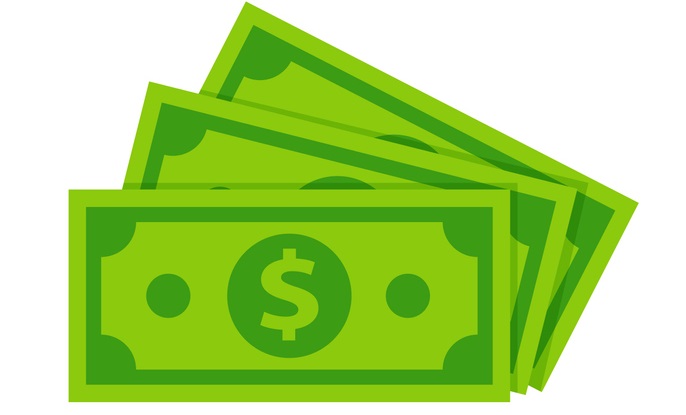The US July Consumer Price Index is set for release today and it is a great time to look at the major forecasts by the economists and some of the major investment banks regarding the upcoming US inflation report.
Later today most economists expect IS inflation to have fallen from 9.1% to 8.7% on a year-on-year basis. This would probably be seen as positive for stocks.
On a monthly basis, a rise of 0.2% is seen in July after a big jump to 1.3% in June. Again, if we see this type of move lower in monthly inflation it should be supportive of US dollar weakness and stocks strength.
Core CPI is expected to have accelerated from 5.9% to 6.1% YoY, owing to a more modest increase of 0.5% in monthly underlying inflation, down from 0.7% recorded in June.
Moreover, most of the major investment banks have mixed opinions in regard to what the majority of economists are forecasting. Although a common theme of slightly weaker CPI is present.
US bank, Citibank, has said that they see monthly inflation coming in at 0.2%, and year-on-year CPI at 8.8%. This is indeed very close to most economists’ expectations.
Citibank note “the pullback in headline CPI from 9.1% YoY in June could suggest a ‘peak’ of inflation is reached.” The idea of peak inflation is also something that I am watching for.
Deutsche Bank has an interesting take and they note that “We expect the headline YoY rate to finally dip after energy prices have fallen of late. We are looking for 8.8% with a consensus a tenth lower. The core however is expected to increase two-tenths to 6.1% year-year”.
Notably, the bank state that “Core should be more important to the Fed, but the market has been known to take the dovish interpretation to events of late, payrolls notwithstanding.”
Commerzbank has a very interesting take on the market. The bank notes that a slight decline in headline inflation in July could fuel speculation that the Fed will raise rates by only 50 basis points at its next meeting in September, less than the last two decisions. However, we caution against underestimating medium and longer-term inflation risks because of the persistence of core inflation.”
Breaking down the figures they expect, the bank notes that “We expect consumer prices excluding energy and food to have risen by 0.6% month-on-month in July, only slightly less than in June. On balance, we expect consumer prices to rise by 0.3% month-on-month, significantly less than in June (1.1%). The year-on-year rate would then fall from 9.1% to 8.8%.”
Overall, today’s CPI print is expected to come in much less than in June. If we see an upside shock it could turbocharge early year trends such as stock weakness and US dollar strength.




